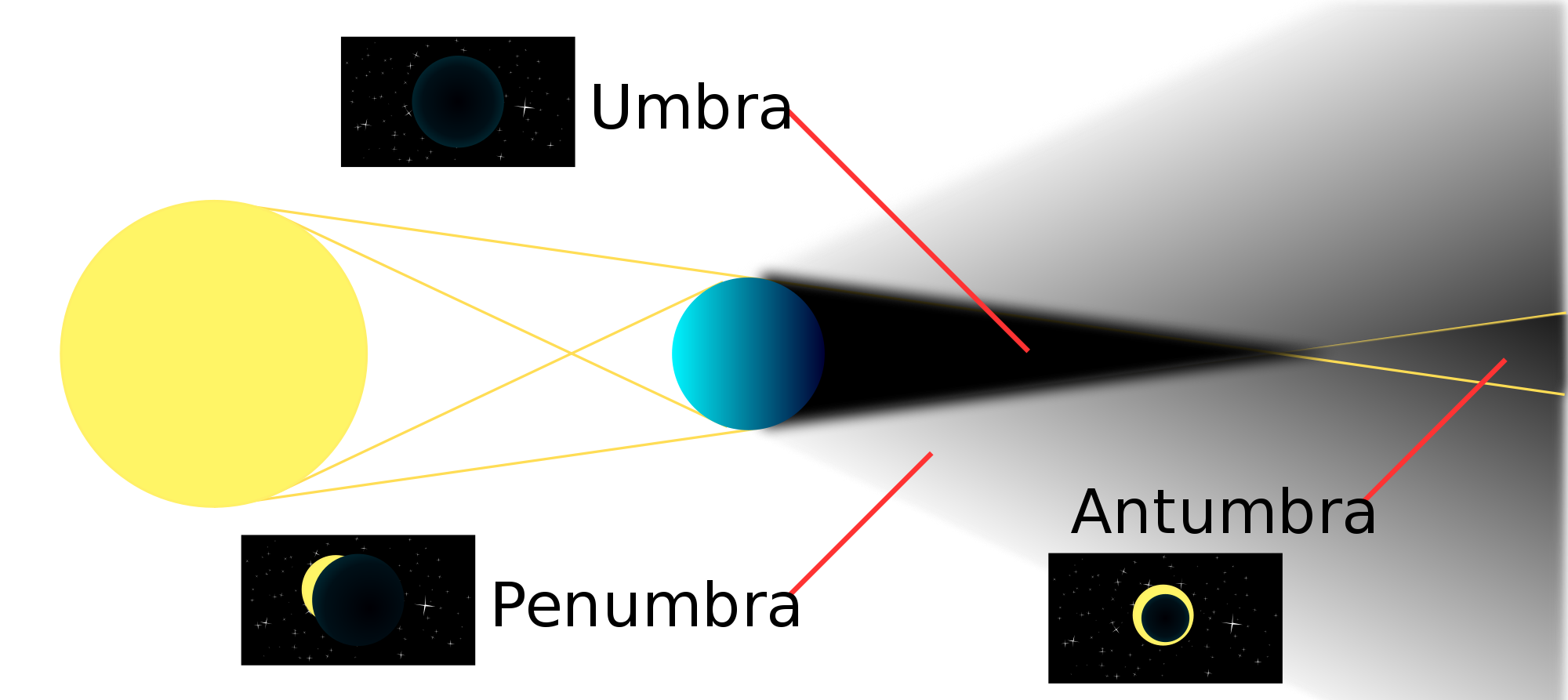If the planet is near enough to its primary, it will get tidally locked and your base will either be always in the daylight or always in the shadow.
Also, if the planet is not locked and rotates, and the surface is so lethal, it's unclear how the base could get built in the first place.
You could try and solve these issues by positing that the planet is a recent addition to the solar system (it would need to have been captured by a very rare three-body interaction with one of the existing planets).
This yields some interesting consequences:
the planet can optionally be on a unstable or very elongated orbit, which implies long and harsh winters, impossibly hot summers, and even a limited life expectancy before it drops in the star or is further destabilized by another encounter with one of the planets and gets smashed, consumed by the star, or ejected from the solar system altogether. This can justify a time window of anywhere from a few days to several centuries before the planet is no longer mineable.
the planet's surface can have an interesting composition. Let's imagine a gaseous planet that got its atmosphere blown off by a nova (or supernova), becoming an ejected cinder covered by condensing volatiles from the outer rim of the planetary nebula.
You would get a very large snowball with a possibly very valuable core, which rotates not too rapidly around a star, melting on one side and resolidifying on the other. This means that the surface can be reached at any time, but landing is only possible during the night. The base would be some sort of submersible that resurfaces in the evening before night freeze, and resubmerges just before dawn, and has been simply "dropped" on the planet.
Whatever the planet's original star's death has deposited on the solid surface, under several hundred meters of ice, has better be worth the trouble.
Possibilities
Our cinder might have begun its existence as a loose aggregate of rocks inside the equivalent of a Kuiper Belt Object (KBO) around a massive star massing some 25 Sols. The star expansion during the carbon-neon burning stage would have stripped our KBO and left the core exposed. Then, in the last week of its life the star would have burned silicon, increasing its temperature to two billion Kelvin and irradiating the KBO with an enormous neutrino flux, pushing it outwards a little in its orbit and initiating all kinds of weird nuclear reactions. In the final explosion (core temperatures in excess of 100 billion K), the neutron and neutrino flux and the inflow of exotic materials could have allowed a runaway nucleosinthesys process to reach the fabled 'island of stability' creating a long-lived heavy transuranic (henceforth unobtainium), imbued with all sorts of useful properties. The synthesis of such a substance, while possible, would be ruinously expensive.
The particular radioactive spectrum of the cinder, revealing it to be a close witness of a supernova explosion, would then explain why someone went to the trouble of dropping an unrecoverable mining base on an almost-inaccessible planet.
If you have some kind of stellar drive involved in the plot, you could have it depend on unobtainium quantum flux capacitors. At that point, whoever owns Cinder and its (relatively) cheap unobtaiunium would automatically own galactic transportation and economy.

